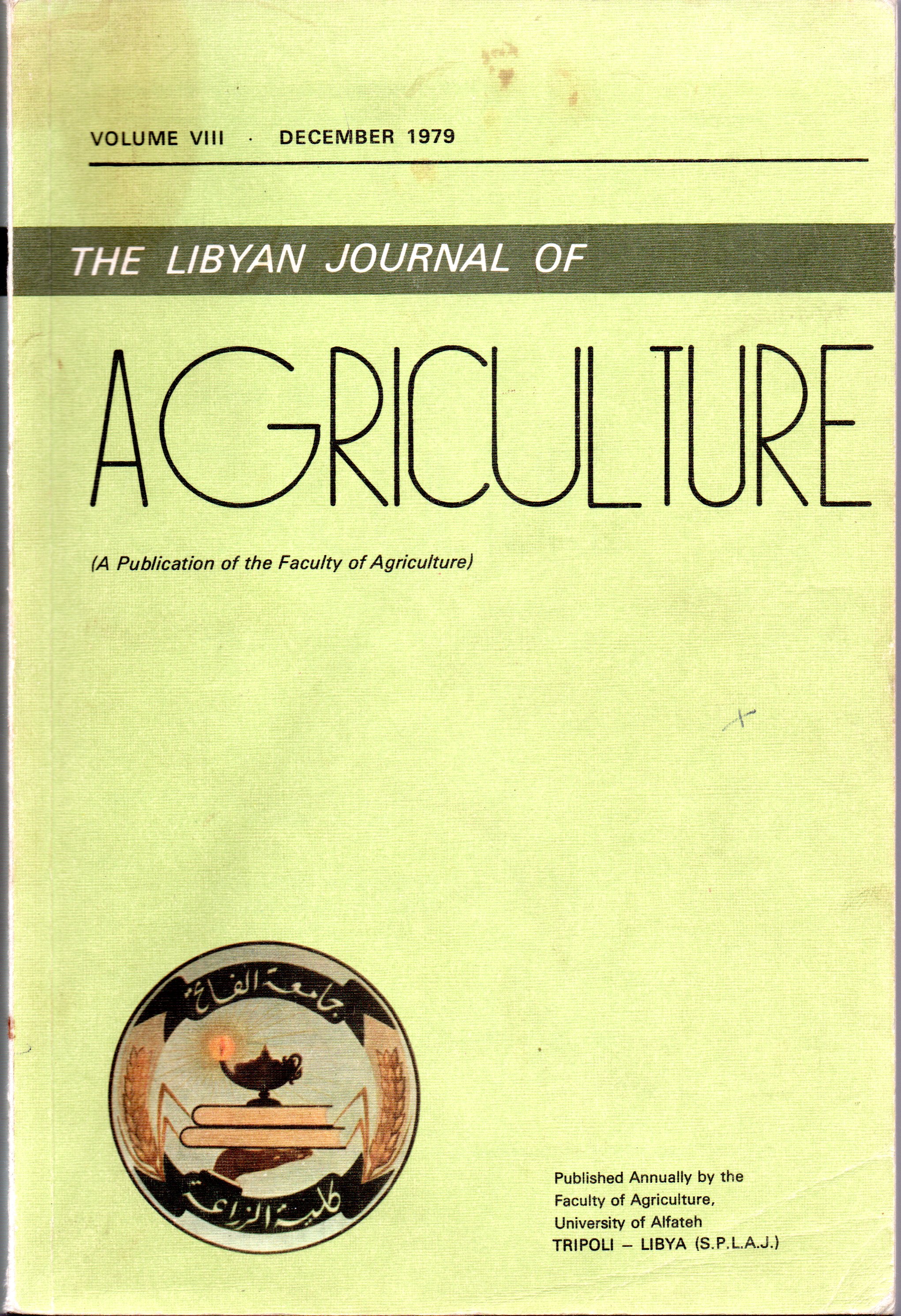Agrosil Influence on Soil Water Relationships of Calcareous Sandy Loam Soil
Main Article Content
Abstract
The effect of addition of soil conditioner ‘Agrosil’ on moisture characteristics and water flow of calcareous sandy loam textured surface soil was investigated in this study. Agrosil was added to soil samples at three rates, namely, 0.1%, 0.2%, and 0.4% on weight basis. It was found that the addition of Agrosil did not effect the total pore space of soil, but had some effect on the pore size distribution. For example when Agrosil was added at 0.4% rate, the percent of pores less than 4 micron increased 19% compared to the untreated soil sample. It was found that the moisture retained in the sample below 100 millibar tension was not affected by Agrosil treatment. At higher tension there was some effect on water retention. For example, there was 2%, 4%, and 8% increase in water retained at tension equal to 150 millibar for soil samples treated with 0.1%, 0.2%, and 0.4% Agrosil respectively (compared to untreated soil). At tension equal to 300 millibar this increase in water retention amounted to 1%, 8%, and 15% for the three Agrosil treatments respectively. This change in water retention was due to the change of the pore size distribution of treated soils. For the saturated hydraulic conductivity study, it was found that treatment of soil with Agrosil reduced the hydraulic conductivity (K) of soil. The reduction in K in the 0.4% Agrosil treatment was 50% while it amounted to 10%, and 17% for 0.1 and 0.2% Agrosil treatments respectively in comparison with the untreated soil. This is mainly due to the reduction in size of pores in treated soil.
In the vertical water infiltration study it was found that the data for both untreated and the treated soil fit the empirical equation, y = Et0 5 where y is the accumulative infiltration in cm, (t) is time in min., and E is an empirical coefficient. The value of the coefficient E was affected by treatment of soil with Agrosil. (E) was equal to 1.89 for the untreated soil while it was 1.90, 1.87, and 1.52 for the 0.1%, 0.2%, and 0.4%, Agrosil treatments respectively. So the change occurred only for 0.4% addition where there was about 20% reduction in the accumulative infiltration compared to the untreated soil. For the advance of wet front study it was found that the data fit the equation X = Bt0 5, where X is the distance of advance of wet front, (t) is the time in minutes, and B is an empirical coefficient. The data indicate that the value of B was affected only in soil treated with 0.4% Agrosil, where there was 17% reduction in the rate of advance of wet front (compared to untreated soil).

